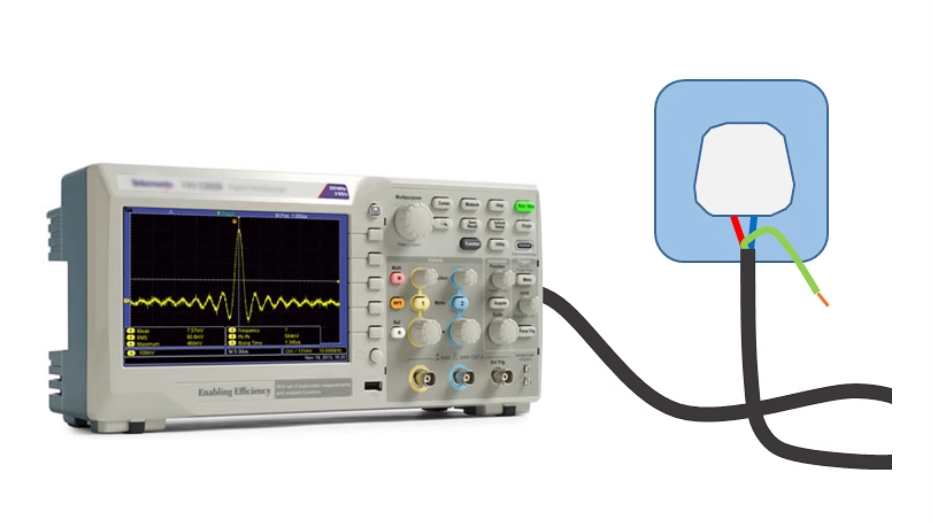Knowledge
High Voltage Differential Probe Applications
Application Scenario:
In power system testing, it is often necessary to measure the relative voltage difference between the fire and fire wires, or between the fire and zero (center) wires in a three-phase supply.
Single-Ended Probe Usage Issues:
Many users tend to use single-ended probes directly to measure the voltage between these two points.
However, this practice tends to cause the probe to burn out from time to time.
Oscilloscope Grounding Mechanisms:
Most oscilloscopes have a “signal common” termination connected to a protective earth system, often referred to as “ground”.
As a result, all signals applied to and from the oscilloscope share a common connection point.
Realization of the common connection point:
This common point of connection is usually made through the oscilloscope chassis to a third wire (ground) in the AC power supply unit's power cord.
In actual measurements, the user may connect the probe ground to one of the test points.
Risks of single-ended probe measurements:
If a single-ended probe is used for a measurement, its ground may be directly connected to the power supply line.
In this case, since the oscilloscope is already grounded and the power supply system is usually also grounded, a direct connection can result in a short circuit.
The need for differential probes:
In order to avoid the risk of short-circuiting mentioned above, we need to use a differential probe for floating ground measurements.
Differential probes are able to measure the difference between two input signals separately without connecting them to the oscilloscope's grounding system.

